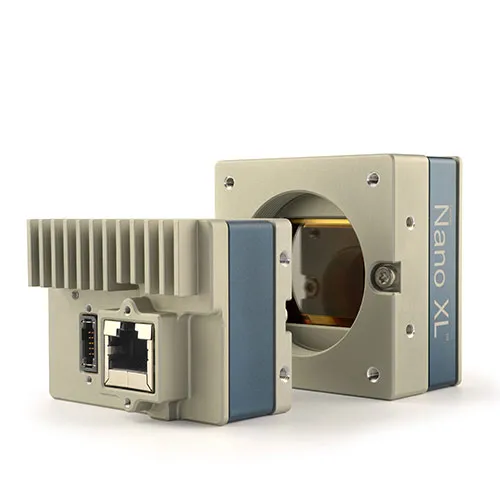Toyota Motor Corporation is to launch a newly-developed set of active safety technologies from 2015. These are designed to help prevent or mitigate collisions across a wide range of vehicle speeds and will be offered in the form of two Toyota Safety Sense packages, to be rolled out across most passenger models and grades in Japan, North America and Europe by the end of 2017. Both packages will be made available at price levels chosen to encourage widespread use.
Two packages will be available depending o
December 2, 2014
Read time: 2 mins
Two packages will be available depending on vehicle type, a ‘C’ package for compact cars and a ‘P’ package for mid-sized and high-end cars.
Toyota Safety Sense C integrates several of Toyota's existing active safety technologies: the Pre-Collision System (PCS) helps prevent and mitigate collisions; Lane Departure Alert (LDA) helps prevent vehicles from departing from their lanes; and Automatic High Beam (AHB) helps ensure optimal forward visibility during nigh-time driving.
As part of a multi-faceted approach to active safety, Toyota Safety Sense packages combine laser radar (C package) or millimetre-wave radar (P package) with a camera, achieving high reliability and performance.









